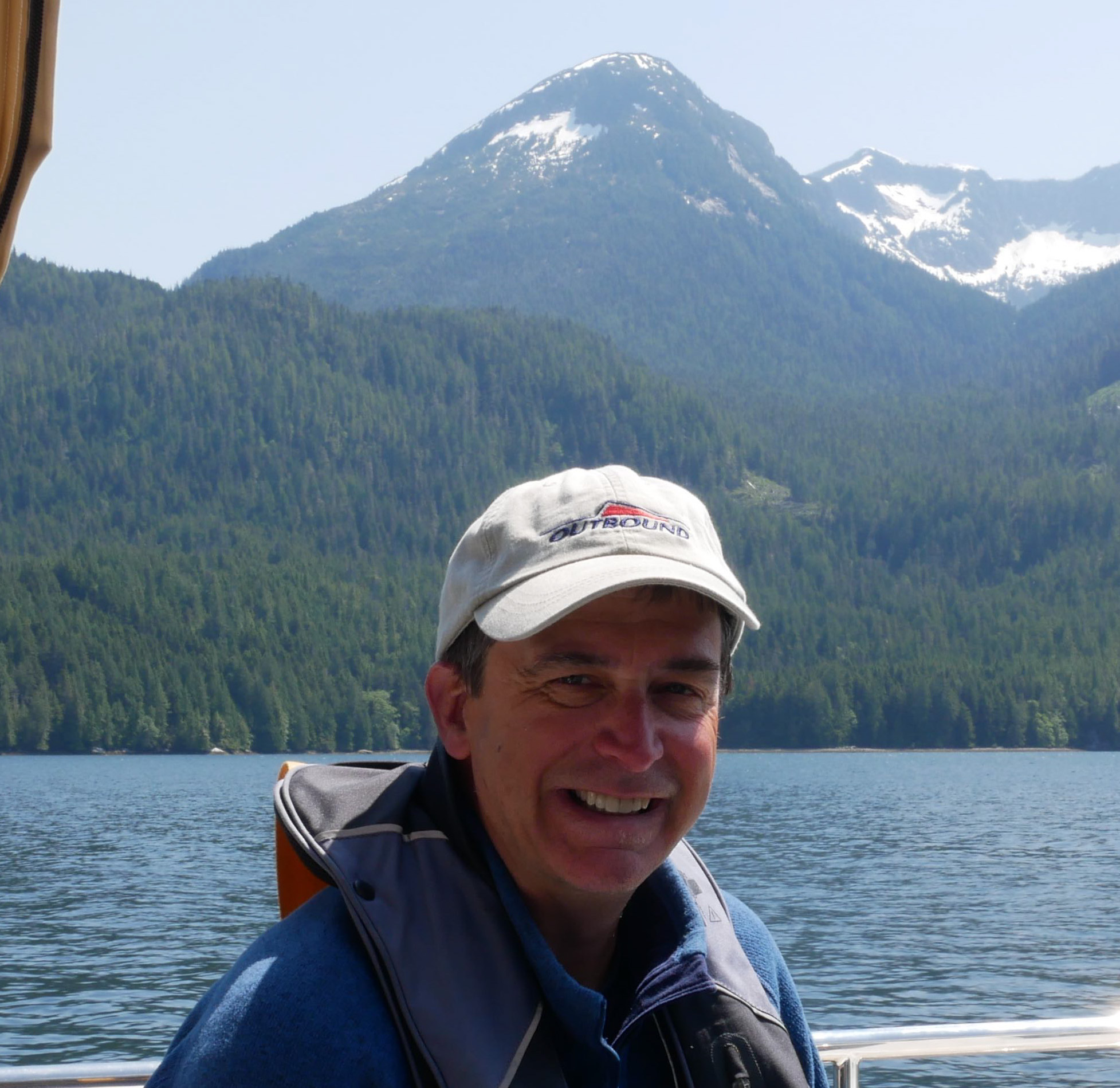POSSE TO POSSE PROP ANTIFOULING TEST
POSSE TO POSSE
PROP ANTIFOULING TEST
Many Posse members off the coast of the Americas are preparing to splash and cruise for the season. SV CARINTHIA has been on the hard in Shelter Bay Marina on the north side of the Panama Canal for hurricane season. The final touches are happening below the waterline with great anticipation.

Captain Dietmar of SV CARINTHIA shares a Posse to Posse Prop tip he is trying out this season:
testing a new prop and saildrive antifouling
we are applying baby diaper rash cream with zinc to new saildrives and props ... added economical benefit you can reapply under water 1 tube does both drives
Rob Murray of SV AVANT shares:
I have used that. It does work, but has poor durability. The creams have different levels of zinc oxide (20-40%], but I’ve never seen that make a difference.
Best let the saildrives and props be the judge. Please report back and let us know how the new antifouling works.
SEASON 8 AWARD ENTRIES: BIGGEST FISH CAUGHT
SEASON 8 AWARD ENTRIES: BIGGEST FISH CAUGHT

It was a blast. Tuna steaks forever. Vacuum packed and in the freezer. We weighed it with a luggage scale.

SV MALAIKA 🇺🇸 Robert & BettiAnn – Outbound 46′



